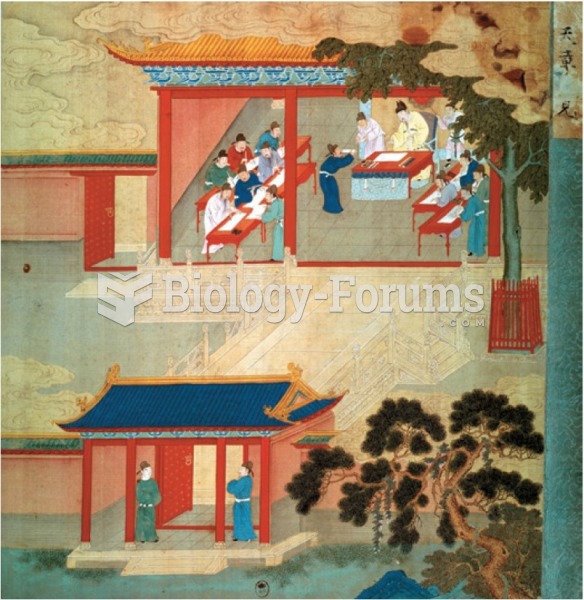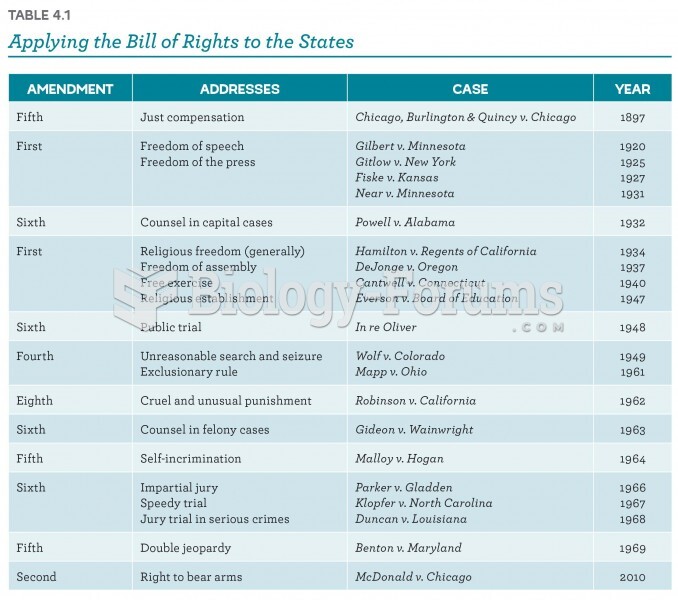Answer to Question 1
An ideal response will:
1, Describe the Civil Rights Act of 1964 as prohibiting racial discrimination in public accommodations involving interstate commerce.
2, Describe the Voting Rights Act of 1965 as protecting the right to vote of all Americans regardless of their race or ethnicity. The law bans practices such as literacy tests to determine voter qualification.
3, Explain how the South had successfully avoided the promises of the Fourteenth and Fifteenth Amendments through various mechanisms including Jim Crow laws and literacy tests. Since it appeared that the South would never rescind these laws themselves, Congress stepped in to pass these two landmark pieces of legislation.
Answer to Question 2
Many thanks to you.
Answer to Question 3
An ideal response will:
1, Explain how at the time, the Japanese internment was viewed as a reasonable exercise of government power, given that the United States was at war with Japan. Because of their ethnic identity, the detainees were not treated equally as citizens. In the 1930s, the deportations of Mexican Americans were accepted as a repatriation effort that the public generally supported given the Great Depression and the shortage of jobs. Discuss how in both cases, a group is singled out and treated differently from the rest of the population. In both cases, over time, both groups worked to influence the political process believing that constitutional guarantees of equal protection under the law were violated.
2, Mention that the successes of the black civil rights movement served as an inspiration. Include examples of each group's fight for reparations such as the following. In the 1970s, the Japanese American Citizens League (JACL) began to act. Ultimately, in 1988, President Ronald Reagan signed the bill that provided funds for research and education, a 20,000 payment for each internee or a descendant, and a national apology for the relocation and detention of Japanese Americans. The Mexican American Legal Defense and Educational Fund (known as MALDEF) played a particularly active leadership role pushing for legislation and filing lawsuits. In 2005, a bill that authorized an official apology was signed by then California Governor Schwarzenegger, but he vetoed a bill that would establish a commission to consider financial reparations. An official memorial to the repatriation was unveiled in downtown Los Angeles in 2012 . A class-action lawsuit on behalf of the surviving deportees, promoted by MALDEF, was unsuccessful. Congressional efforts to create a commission to study the deportations and consider a national apology, and possible reparations were also unsuccessful.
3, Lay out questions that groups must ask who seek to influence the political process such as whether it is unified enough to present a clear argument for its case; where it should focus its efforts on the courts, Congress, or the president; whether to focus on the state or federal level; what the right timing might be; and whether it needs to change people's thinking.
4, Include discussion of current activism such as gay rights and marriage equality.
 Results from sequential study of two cohorts tested at three ages and at three different points in t
Results from sequential study of two cohorts tested at three ages and at three different points in t
 The legacy of Confucian thought continued for centuries in the form of civil service examinations ...
The legacy of Confucian thought continued for centuries in the form of civil service examinations ...





